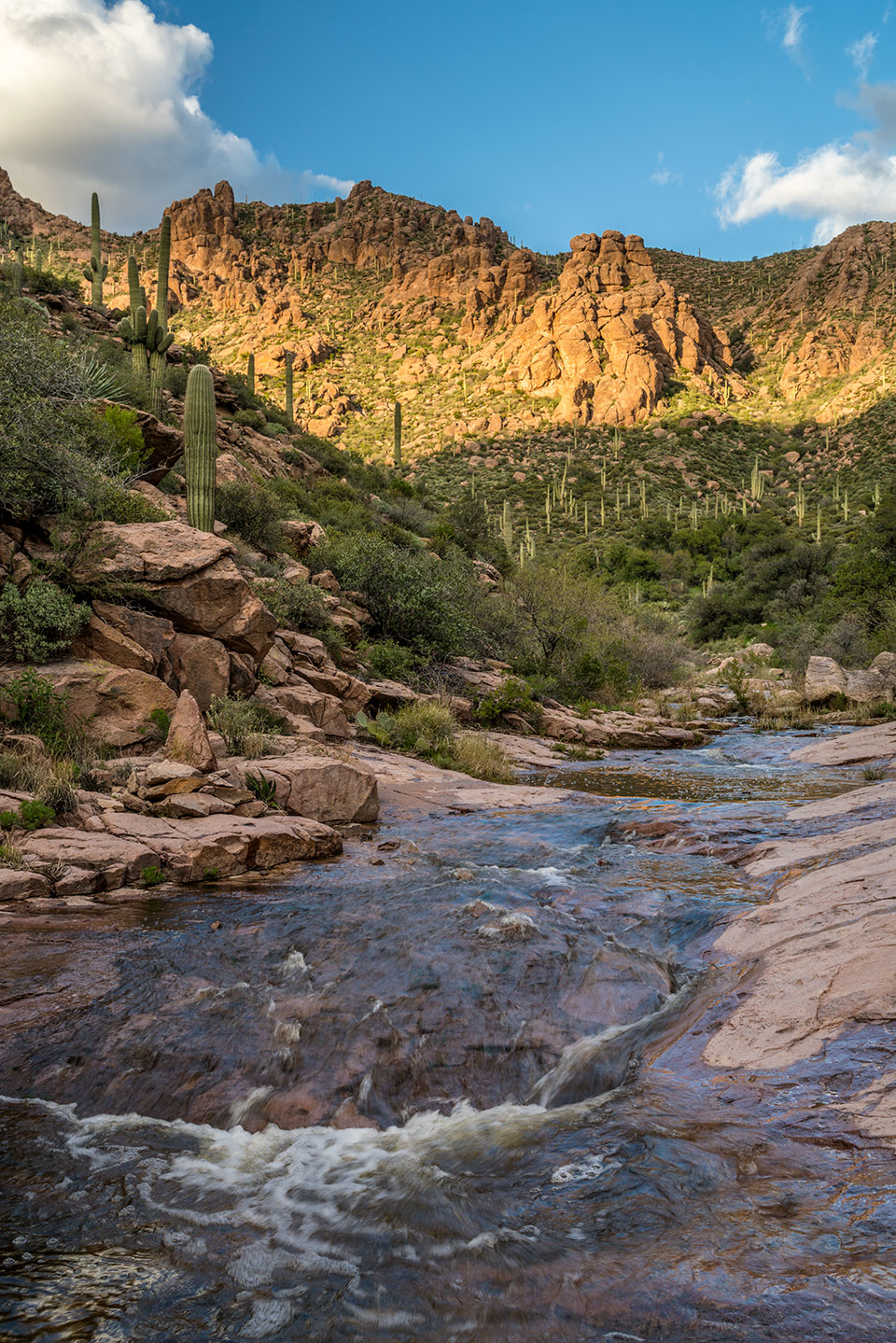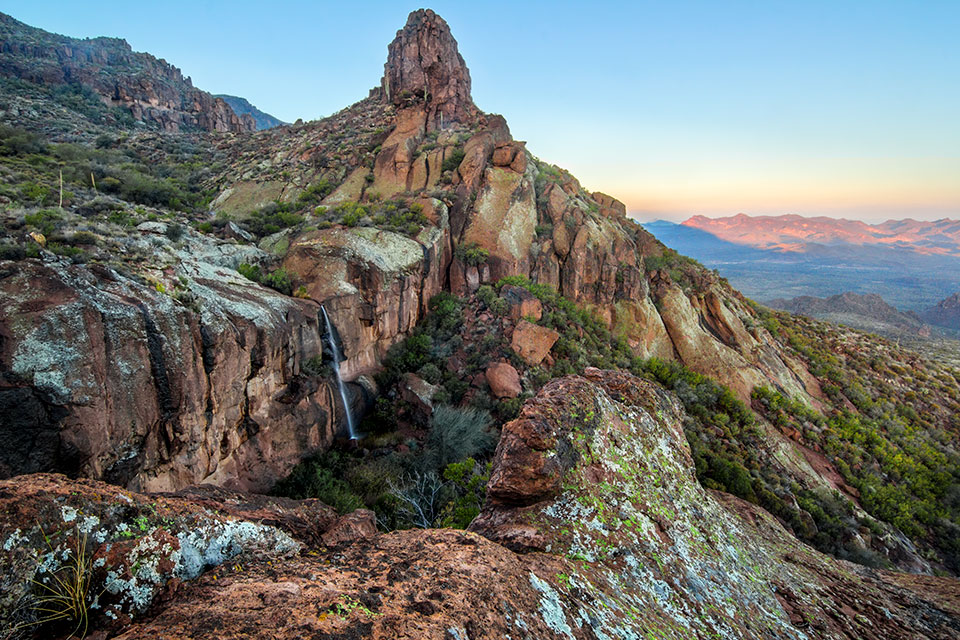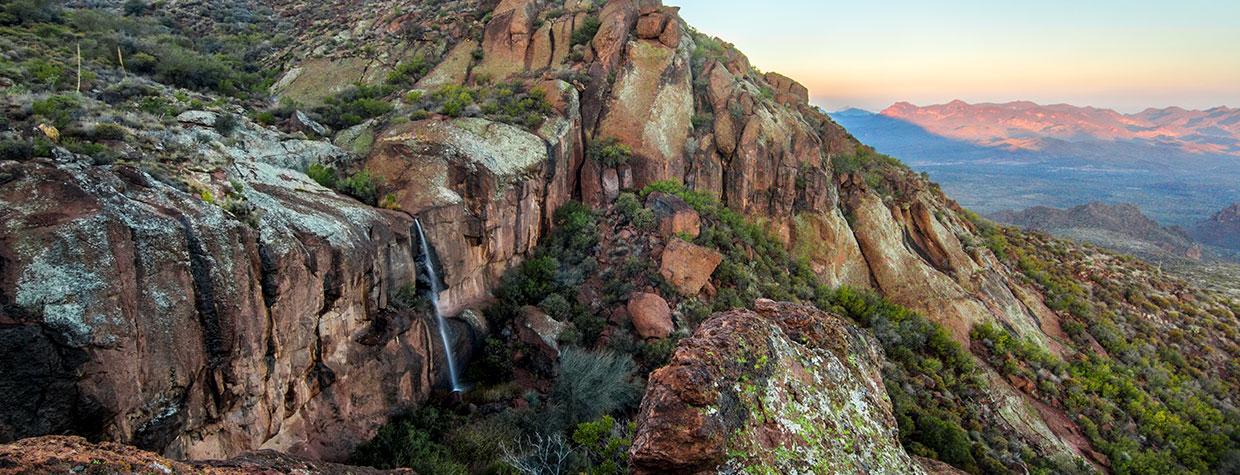Demeter was furious. Discovering her daughter, Persephone, had been kidnapped by Hades, king of the underworld, she took revenge by inventing winter. As goddess of agriculture, she had the power to make crops wither and the Earth barren. Then, in no uncertain terms, she blamed Zeus — king of the gods, and Persephone’s father. Realizing he’d better do something, Zeus worked out a deal in which Persephone would spend a third of each year with Hades, returning to the upper world for the remaining months. Her return brought new life, new growth. Spring. The beginning of everything.
I take spring personally. The four children in my family, all cousins, were born in the spring. Four of us representing the birth of the world, four of us believing that we and spring, and therefore all of life, began together. It never occurred to us that other people began somewhere in the middle. We believed all people were born in spring. How else could they begin?
We held spring closely, delighting in the smell of the damp ground, the first green shoots, the leafing-out of trees. We believed the yielding Earth waited for her mate, the rain.
Cousins — we were cousins to the Earth. It was not our mothers who fed us, but the breeze, the scent of streams newly freed from ice, of pine trees in the forest, the delicacy of the light, the amazed sun, discovering it was new.
Had we been born in Arizona, we would have begun with two springs: the desert spring of February and March, and the mountain spring of April and May. Poor Persephone. In Arizona, she would be cut in two.
The desert spring’s arrival is world famous. A good year summons photographers (and the rest of us) from everywhere. Fields and hillsides are golden with acres of Mexican goldpoppies, desert marigolds, brittlebushes, and touched with the colors of violet-blue lupines among the poppies, red firecracker penstemons, globemallows and probably a hundred others, the air redolent with their scent, all of it offering a glorious refutation of all the trouble Hades caused. Topping it off is the flamboyance of cactuses, coming later in the desert spring.
Still, it is the mountain spring that draws me, the time of the end of deep snow glittering like diamonds where sun hits or moonlight falls. It’s an edgy time. I’m reluctant to lose the winter moon that casts a light so beautiful it makes your heart ache. Sometimes, when that happens, if you are in the right place, a wolf howls and you know you have been present at a miracle.

But, oh, I welcome the urge toward new life that follows when, in late March, in April, snow begins melting, thinning, pulling back into little islands surrounded by a newly revealed damp Earth that will offer — soon — the first green shoots.
There is, however, a process that happens in the snow-country spring. It is a process of the Earth, of course, but it is also the very personal process of watching. Although change is constant, changes in our lives so often happen without our noticing they are happening. But here, at the edge of spring, watching, we’re in for a payoff. We need only watch to see.
Pockets of snow melt, then freeze, form delicate edges of ice. Tiny ice stalactites form, hold on for an instant, until, hit by sun, they elongate, liquefy, slide off onto the recently exposed ground, onto the first green shoots. Along streams fed by mountain snow, transparent, narrow ledges of ice hold on, daring the stream to take them. Ice sculptures molded around limbs and twigs and rocks at the stream banks let go their forms drop by drop, moving into the stream until the stream swells and tumbles, rushing, down its bed, feeding Earth, feeding larger streams, ultimately — in Arizona — feeding the Salt, Colorado and Little Colorado rivers. Winter is transformed by sun, by warmth, by the revolving of the Earth.
Unfortunately, winter is also being transformed by climate change. Maybe we should rush to snow while we still have it. Would spring have the same meaning without winter? What would happen in these mountains without snow? Would cold-weather trees disappear? How would that change the rest of the flora? What would happen to wildlife that chooses a world where winter exists?
Hiking up mountains from trailheads in valleys where spring is already deeply underway, I head backward, as if, somehow, seasons were reversed. Here, near the trailhead, are spring wildflowers, a trail without mud, the beginning green of deciduous trees and bushes, birdsong. Creeks, free of ice at their banks, are faster and higher than usual. But I climb. My goal is not spring, but its advent. No full-on onslaught for me, but a beginning, a move from winter into spring by walking from spring into winter: a creek raging with the fullness of a winter’s snow; a trail that, in places, still presents me with ice; mud that sticks to my boots so that my boots become heavier with each step, or mud that slides my foot away from me, giving me the opportunity to gloat because I am still standing. At the top, a patchy snow, wind-sculpted drifts and icy hardpack where snow has melted by day and frozen over and over by night. There are spots clear of snow long enough that the first wildflowers bloom, so that the colors of purple, blue, pink, violet and yellow alter the sense of time — tiny, brave wildflowers seeking out the edge of snow to bloom in their diminutive defiance of winter.

I love the White Mountains, the northernness of them. I love Baldy Peak and Escudilla Mountain and all the country in between. The renewal in forests following even the most devastating fires echoes spring’s own renewal across the Earth. I can sit by a spring stream on Baldy Peak in April, watch it flow swollen with runoff from the mountain’s snow, imagine all it carries, marvel at the movement of mountain water, its journey, its eternal newness. I dawdle in a Baldy meadow, where wildflower carpets are already beginning their spread. Lunch in such a meadow sometimes takes all day. While I love hiking to the tops of mountains, spring offers a different rhythm.
Southwest of Hannagan Meadow, the Bear Wallow Wilderness has a stream by which I’ve spent many hours doing absolutely nothing. Does spring invite us to do this? Or is it just me? Or do I misinterpret the idea of “nothing”? Is it nothing if the water covers more of the stream’s boulders than it does in August? Is it nothing if little patches of snow linger on the far bank? Or nothing if I notice the absence of butterflies? Is it nothing if I fantasize that a Mexican wolf will come to the stream to drink? Does spring invite us to idle in the year’s new, still-fleeting warmth? I certainly feel its absence when, suddenly, the sun leaves, as if it had been only illusion or, perhaps, spring fever.
The wide-spreading Wallow Fire of 2011 began in the Bear Wallow Wilderness. This means it is now necessary to be especially aware of burned trees that usually start falling about eight years after a fire, as they do throughout the West. The fact that fascinates me is the speed with which the area has been renewing itself since the fires ended.
Descending from the trailhead, you may well start out in snow, then find the beginning of wildflowers by the time you reach the creek. The route is an easy one, except for a plethora of downfalls (present even before the fire), some of which may still be covered with snow early in spring.
While the descent into Bear Wallow is insignificant compared with hiking into the Grand Canyon, what they share is that the seasons are in the right order. Once, hiking the South Kaibab Trail down to Phantom Ranch in early March, we started in snow on the South Rim and ice on the top section of trail. I was grateful for instep crampons on the first part of the descent. Extra baggage, of course, before long, but a gift at the start. Once you get to the bottom, it isn’t (to me) really spring anymore, with temperatures that can go into the 80s, although it does beat summer bottom temperatures in the 100s.
What is spring, though, is the river. Fed by springs and creeks along the Canyon walls, the Colorado runs muddy and fast, its color closer to the color it once was, before the introduction of dams. So many of Arizona’s streams, like the West Fork of the Little Colorado on Baldy Peak, ultimately find their way into the Colorado that, perhaps, the Grand Canyon is the culmination of the Arizona spring — and, without question, the perfect place for Persephone to emerge into the upper world.
So, welcome, Persephone.

